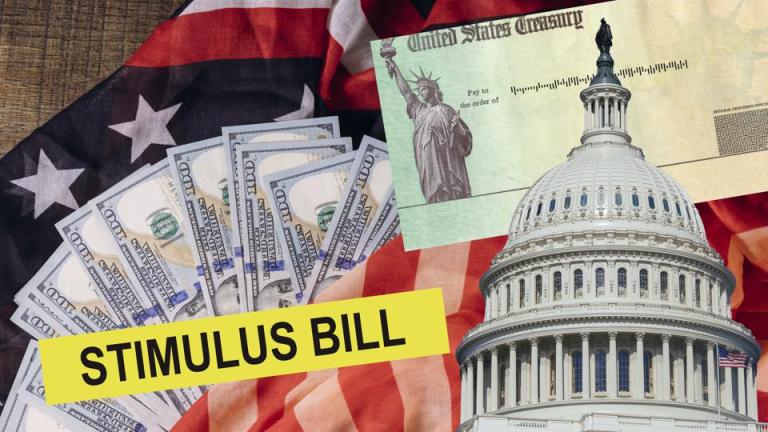 President Trump on Sunday night signed into law the $900 billion COVID-19 relief bill passed Dec. 21 by Congress.
President Trump on Sunday night signed into law the $900 billion COVID-19 relief bill passed Dec. 21 by Congress.
Trump initially said he would not sign the bill because he wanted $2,000 stimulus checks for individuals instead of the $600 in the legislation. His signature Sunday came a day after unemployment benefits expired for millions of Americans and only hours before the federal government would have shut down due to a temporary funding bill expiring.
The legislation, the Consolidated Appropriations Act, adds $300 to extended weekly unemployment benefits, and provides more than $300 billion in aid for small businesses.
It also ensures tax deductibility for business expenses paid with forgiven Paycheck Protection Program (PPP) loans, provides fresh PPP funding, makes Sec. 501(c)(6) not-for-profit organizations eligible for loans for the first time, and offers businesses facing severe revenue reductions the opportunity to apply for a second loan.
The COVID-19 relief package is tied to a $1.4 trillion resolution to fund the government through September 2021.
Key provisions in the bill include:
- $325 billion in aid for small businesses struggling after nine months of pandemic-induced economic hardships. The bill provides more than $284 billion to the U.S. Small Business Association (SBA) for first and second PPP forgivable small business loans and allocates $20 billion to provide Economic Injury Disaster Loan (EIDL) Grants to businesses in low-income communities. In addition, shuttered live venues, independent movie theaters, and cultural institutions will have access to $15 billion in dedicated funding while $12 billion will be set aside to help business in low-income and minority communities.
- $166 billion for economic impact payments of $600 for individuals making up to $75,000 per year and $1,200 for married couples making up to $150,000 per year, as well as a $600 payment for each child dependent.
- $120 billion to provide workers receiving unemployment benefits a $300 per week supplement from Dec. 26 until March 14, 2021. This bill also extends the Pandemic Unemployment Assistance (PUA) program, with expanded coverage to the self-employed, gig workers, and others in nontraditional employment, and the Pandemic Emergency Unemployment Compensation (PEUC) program, which provides additional weeks of federally funded unemployment benefits to individuals who exhaust their regular state benefits.
- $25 billion in emergency rental aid and an extension of the national eviction moratorium through Jan. 31, 2021.
- $45 billion in transportation funding, including $16 billion for airlines, $14 billion for transit systems, $10 billion for state highways, $2 billion each for airports and intercity buses, and $1 billion for Amtrak.
- $82 billion in funding for colleges and schools, including support for HVAC repair and replacement to mitigate virus transmission, and $10 billion in child care assistance.
- $22 billion for health-related expenses incurred by state, local, Tribal, and territorial governments.
- $13 billion for emergency food assistance, including a 15% increase for six months in Supplemental Nutrition Assistance Program benefits.
- $7 billion for broadband expansion.
The bill also extends the employee retention tax credit and several expiring tax provisions and temporarily allows a 100% business expense deduction for meals (rather than the current 50%) as long as the expense is for food or beverages provided by a restaurant. This provision is effective for expenses incurred after Dec. 31, 2020, and expires at the end of 2022.
For further details on this bill including PPP provisions, please view this helpful information from the Journal of Accountancy.
If you have any questions or need assistance with anything in the bill, please contact your Whalen advisor.







 President Trump on Sunday night signed into law the $900 billion COVID-19 relief bill passed Dec. 21 by Congress.
President Trump on Sunday night signed into law the $900 billion COVID-19 relief bill passed Dec. 21 by Congress.